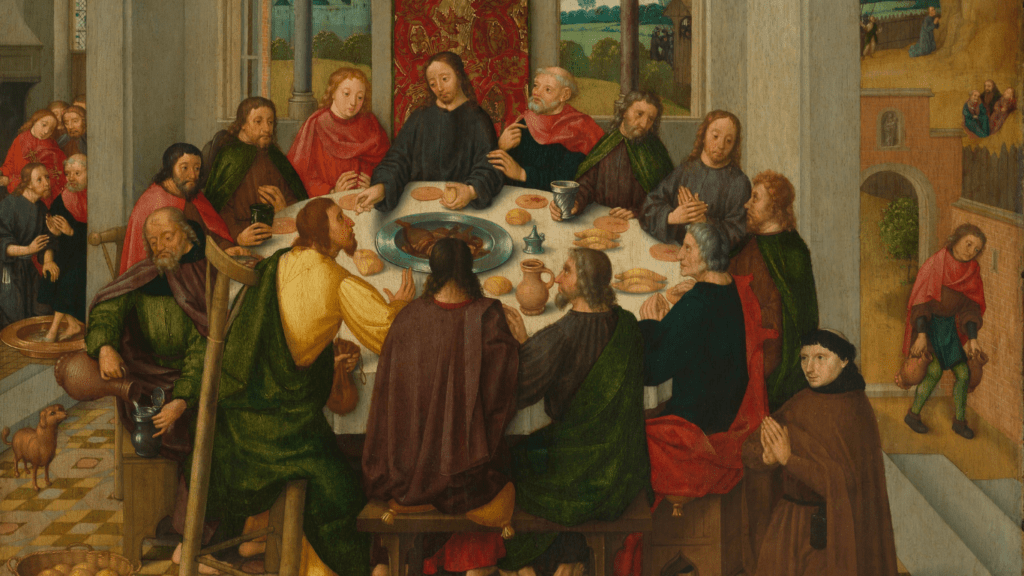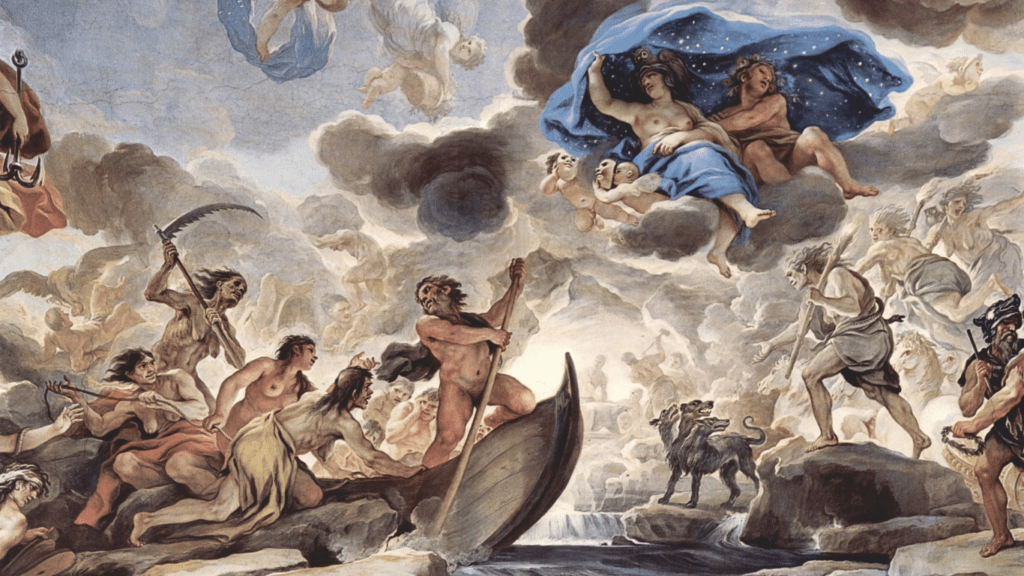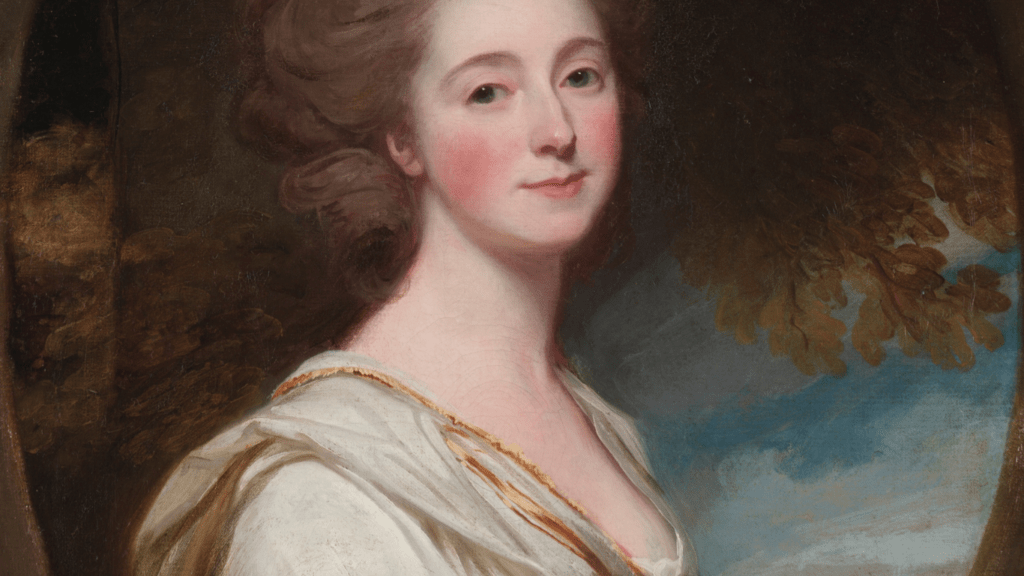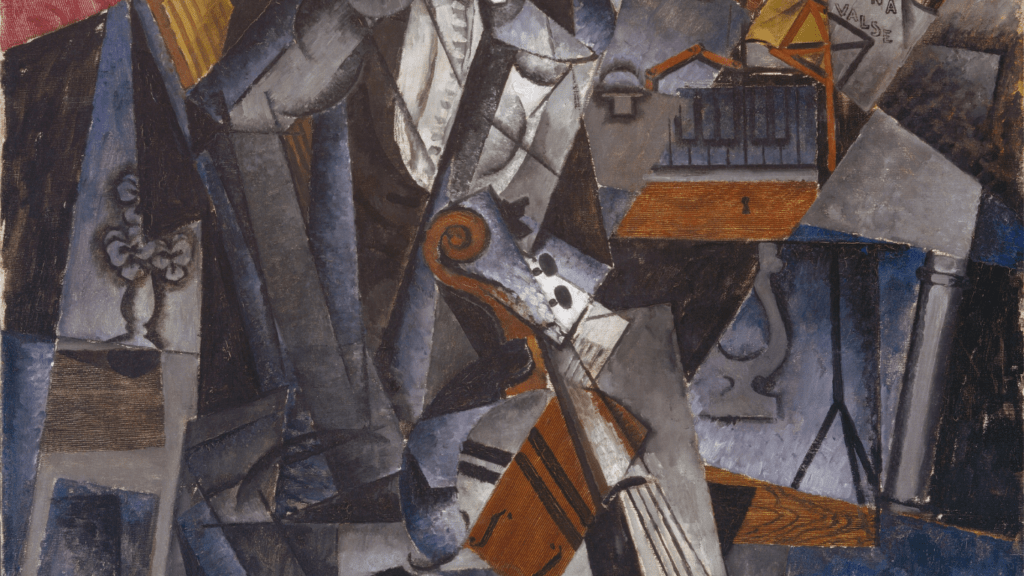Historical Context of The Renaissance
The Renaissance emerged in late 14th century Italy, transitioning Europe from the medieval era to modernity. Economic growth driven by trade routes connected Europe to Asia, allowing financial prosperity and cultural exchange. Wealthy patrons like the Medici family funded artists, fostering an environment ripe for innovation.
Humanism, a key intellectual movement, emphasized the study of classical texts. Scholars, reviving Greek and Roman philosophies, placed humans at the center of their universe. This shift encouraged individual potential and creativity, paramount to Renaissance artistry.
Simultaneously, technological advancements facilitated artistic growth. The invention of the printing press by Johannes Gutenberg around 1440, enabling widespread dissemination of knowledge. This access to information helped artists acquire new ideas and techniques, accelerating artistic evolution.
Political structures also played a role. City-states like Florence and Venice, governed by influential families, competed culturally. This rivalry pushed artists to excel, producing renowned works that defined the era.
The Renaissance, bridging past and future, combined economic, intellectual, technological, and political factors to create an unparalleled explosion of artistic innovation.
Catalysts of Artistic Innovation
The Renaissance blossomed due to several key catalysts, driving artistic innovation to new heights. Each factor interwove to produce an era of unprecedented creativity and expression.
Socio-Political Changes
Shifts in political structures and societal norms spurred new artistic directions. The fall of feudalism and the rise of humanist ideals fostered a culture that valued individual achievement and expression. City-states like:
- Florence
- Milan
- Venice
competed for prestige. This rivalry encouraged artists to innovate and excel, leading to masterpieces like Leonardo da Vinci’s “The Last Supper” and Michelangelo’s “David”. Political stability and increased economic prosperity also provided the resources necessary for large-scale artistic projects.
Patronage and Sponsorship
Economic prosperity enabled wealthy families and the Catholic Church to sponsor artists, providing them with the means to focus on their work. The Medici family in Florence is a prime example. They funded artists such as Botticelli, who painted “The Birth of Venus,” and Brunelleschi, the architect behind the Cathedral of Santa Maria del Fiore’s dome. These patrons not only supported the artists financially but also offered social connections, helping to spread their fame. This system allowed artistic talents to flourish and left a legacy of iconic works that defined the Renaissance.
Key Artists and Their Contributions
The Renaissance witnessed an unparalleled explosion of artistic genius. Three prominent figures, Leonardo da Vinci, Michelangelo, and Raphael, left indelible marks on this period through their groundbreaking works and innovations.
Leonardo da Vinci
Leonardo da Vinci epitomized the Renaissance ideal of the polymath. His contributions spanned art, science, and anatomy, reflecting a deep understanding of human potential and natural phenomena. Da Vinci’s “Vitruvian Man” exemplified his grasp of proportion and anatomy, combining art with scientific inquiry. His renowned paintings, such as “The Last Supper” and “Mona Lisa,” showcased innovative techniques like sfumato, which added a lifelike softness to his subjects. Da Vinci’s notebooks, filled with sketches and architectural designs, reveal his forward-thinking ideas that were centuries ahead of his time.
Michelangelo
Michelangelo Buonarroti stands out as a master sculptor, painter, and architect. His work on the Sistine Chapel ceiling, particularly “The Creation of Adam,” remains a pinnacle of Renaissance art, demonstrating unparalleled technique and expressive power. Michelangelo’s sculpture “David” is celebrated for its anatomical precision and dynamic form, symbolizing the ideal human figure. He also contributed to architectural innovations, such as the design of St. Peter’s Basilica’s dome, blending structural ingenuity with aesthetic grandeur. Michelangelo’s relentless pursuit of perfection defined his work and set new standards for artistic excellence.
Raphael
Raphael Sanzio brought a sense of harmony and clarity to Renaissance art, complementing the innovations of his contemporaries. His frescoes in the Vatican’s Apostolic Palace, particularly “The School of Athens,” are masterpieces that embody the Renaissance spirit of intellectual inquiry and classical revival. Raphael’s paintings, including “The Madonna of the Goldfinch” and “Sistine Madonna,” are noted for their graceful composition and serene beauty. His ability to convey human emotion and divine elegance cemented his reputation as one of the great Renaissance artists.
Distinctive Characteristics of Renaissance Art

Renaissance art marked a pivotal departure from the stylized forms of the medieval period. Key elements like realism, humanism, perspective, and proportion defined this innovative era.
Realism and Humanism
Renaissance artists focused on realism, depicting subjects with precision and detail. They studied human anatomy, leading to lifelike representations. Leonardo da Vinci’s “Vitruvian Man” exemplifies this dedication. Humanism, which emphasizes the potential and achievements of individuals, also influenced art. Portraits became a celebration of human identity and emotion. For example, Botticelli’s “Birth of Venus” highlights grace and beauty, reflecting humanistic values.
Perspective and Proportion
Artists in the Renaissance mastered perspective to create depth in their works. Linear perspective, developed by Brunelleschi, made paintings appear three-dimensional. This technique can be seen in Raphael’s “The School of Athens.” Proportion, another key aspect, ensured that figures and spaces adhered to realistic scales. Michelangelo’s sculptures, like “David,” illustrate an advanced understanding of human anatomy and proportionality, reflecting both artistic skill and scientific knowledge.
Influence on Modern Art and Culture
The impact of the Renaissance on modern art and culture remains profound. Techniques and philosophies developed during this period still guide contemporary artists and thinkers.
Lasting Techniques and Styles
Renaissance artists introduced several techniques that continue to influence modern art. Linear perspective, developed by Filippo Brunelleschi, allows artists to create the illusion of depth on a flat surface. This technique remains foundational in art education. Chiaroscuro, the use of strong contrasts between light and dark, enhances three-dimensionality and emotional depth in artwork. Artists like Caravaggio mastered this technique, which persists in modern visual arts. The study of human anatomy, rigorously pursued by Leonardo da Vinci, enables realistic depictions of the human form, essential for many genres, from portraiture to contemporary sculpture.
Contemporary Interpretations
- Modern artists frequently draw inspiration from Renaissance themes and methodologies.
- Salvador Dalí’s surreal works, for instance, echoed the anatomical precision of Renaissance artists while exploring new dimensions of subconscious imagery.
- Contemporary creators, such as Banksy, reference Renaissance iconography to critique current social and political issues.
- Digital artists use advanced software to employ techniques like perspective and chiaroscuro, blending traditional methods with cutting-edge technology.
- Renaissance ideals of beauty, harmony, and proportion continue to shape aesthetic standards in today’s diverse artistic landscape.





